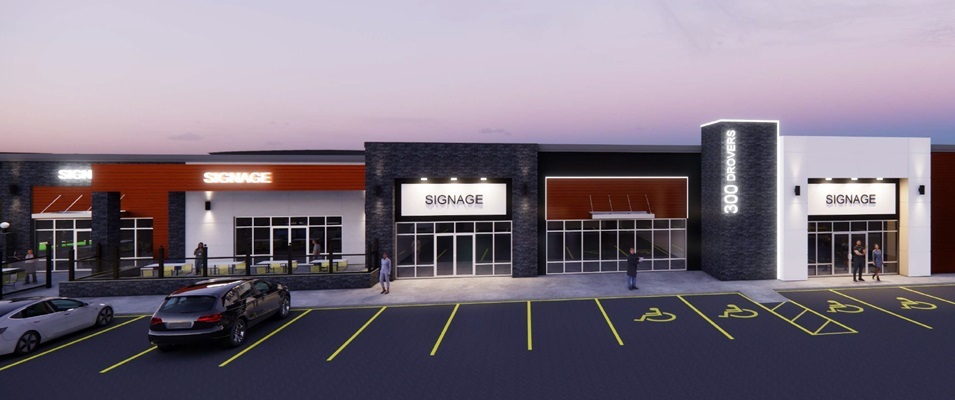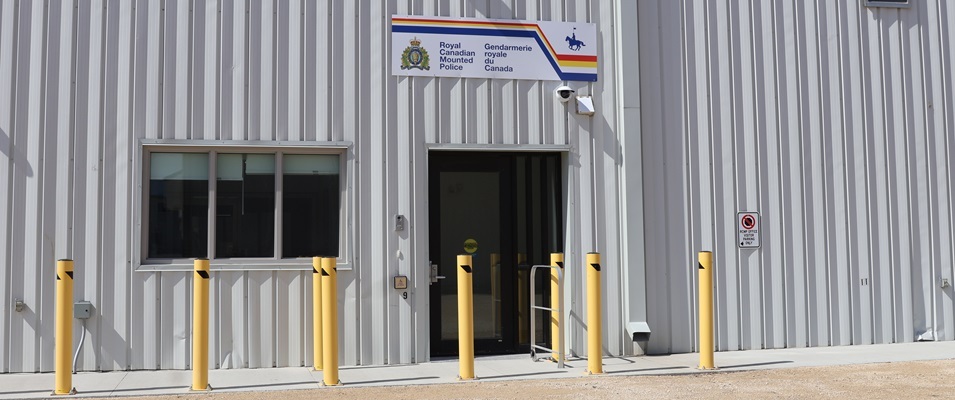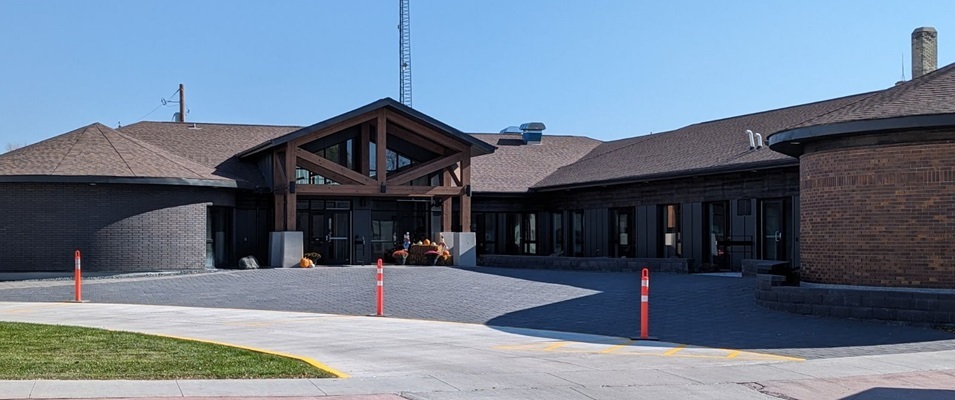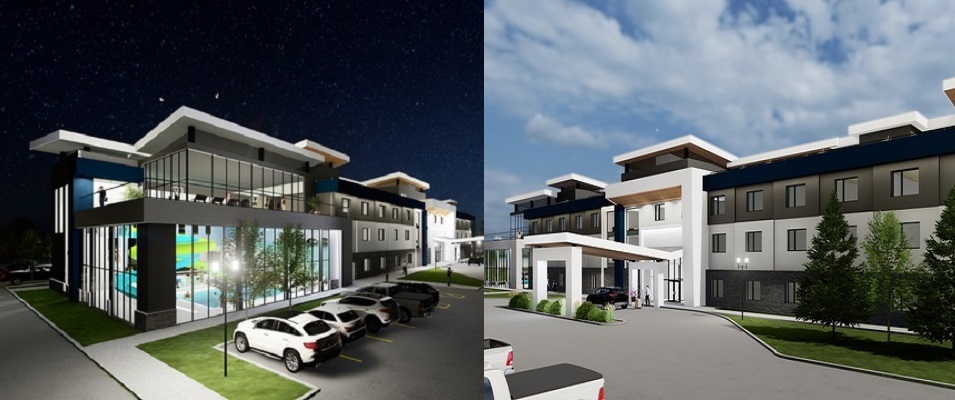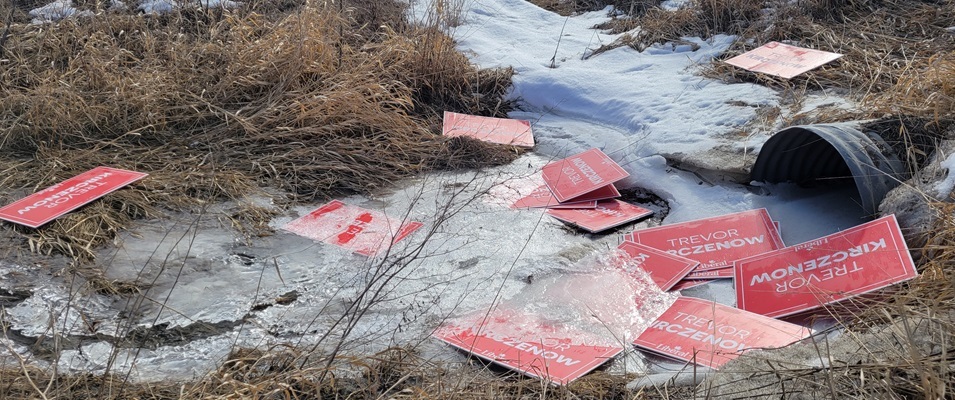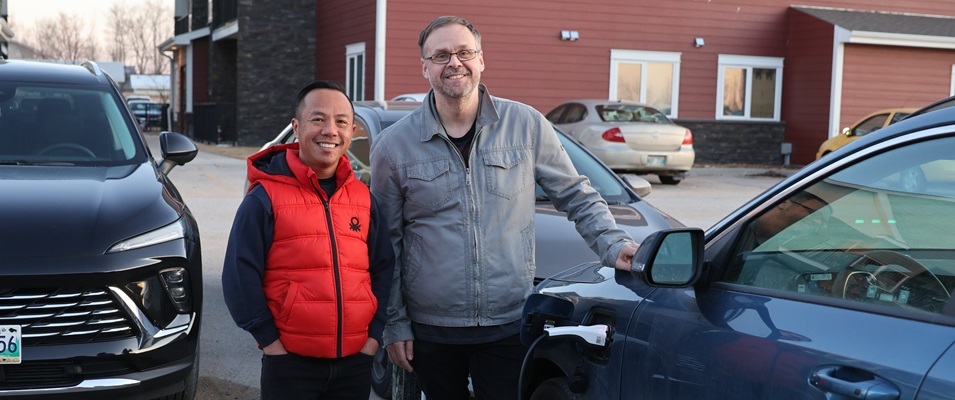
Earlier this month, the provincial government announced $500,000 of new funding to support the growth of electric vehicle (EV) charging station infrastructure across Manitoba.
In total, this will subsidize the installation of 51 EV chargers. Of these, 21 are designated for the cities of Brandon, Morden, Steinbach, Portage la Prairie, and Winnipeg.
The rest of the EV chargers are designated for rural communities, including two Indigenous, as well as many for the RM of Ritchot.
“Our government is committed to taking real action to fight climate change and the transition to electric vehicles will help drive down emissions,” says Mike Moyes, Minister of the Environment and Climate Change. “As more Manitobans look to make the switch to electric vehicles, there is a growing need to ensure reliable charging infrastructure in strategic locations.”
This year’s wave of funding will have an outsized impact on Ritchot, with almost half of the new EV chargers designated for this municipality. The locations of Ritchot’s 23 new local charging stations has yet to be determined.
Most of these local chargers will qualify as Level 2 while three will be fast Level 2. The total provincial investment of Ritchot chargers exceeds $140,000.
Twelve Level 2 charges destined for Winnipeg and Portage la Prairie will be located in multifamily developments.
Evan Braun of Niverville is the owner of a Kia Niro plug-in hybrid. While he and his husband would like to own a full EV one day, at this point their long daily work commute and lack of charging infrastructure at home inhibits that choice.
Their plug-in hybrid serves as a good compromise, giving them approximately 55 kilometres of EV driving per daily charge before switching to the car’s internal combustion engine.
“We could get to work and back with a full EV, with some room to spare, but some days we might cut it close, especially on those occasions when we need to do two runs to Winnipeg on the same day,” says Braun. “The main problem is that we live in an apartment condo and don’t have a garage where we can install a Level 2 home charger. If you’re going to operate a full EV, it just makes sense to rely on a home charger since the public charging infrastructure isn’t yet where it needs to be.”
The plug-in battery on his hybrid model is small compared to full EVs, he says, allowing him to charge the car overnight through a standard 120-volt plug.
Since EV chargers aren’t available at his condo community, he is able to use the parking lot plugs that most residents use to power their vehicles’ block heaters during the winter.
“On the day we brought our new car home, we discovered that the plug wouldn’t work,” Braun says. “Like many parking lots, it turns out that our plugs have a voltage limiter that prevents them from drawing a charge for anything more significant than a block heater. We had to go to the condo board and request that our limiter be removed and replaced with a standard 120V outlet. Our board was incredibly accommodating and switched it over within a couple of weeks. Now everything is working perfectly and we’re getting the most out of our car. Hopefully, this will make it easier for other residents in our condo community to make similar purchases in the future.”
Braun is pleased, too, that the provincial government is recognizing the need to subsidize and incentivize EV charging stations at multifamily developments.
“As far as multifamily goes, I think it will be important for all levels of government to come up with programs custom-designed to encourage existing condo corporations to upgrade their infrastructure,” he says. “There are hundreds of condo corps in Manitoba that will need assistance making this transition.”
One of the best perks of owning his plug-in hybrid so far, Braun says, is that so many destinations now have dedicated charging stations, especially in Winnipeg. Whether going to the mall, the movie theatre, downtown parkades, or provincial parks, he often finds reserved parking and charging for EV drivers.
“The more of these that get installed, the easier my life becomes,” he concludes. “And hopefully it helps incentivize more people to buy these fantastic vehicles, wherever the new chargers end up being installed.”





